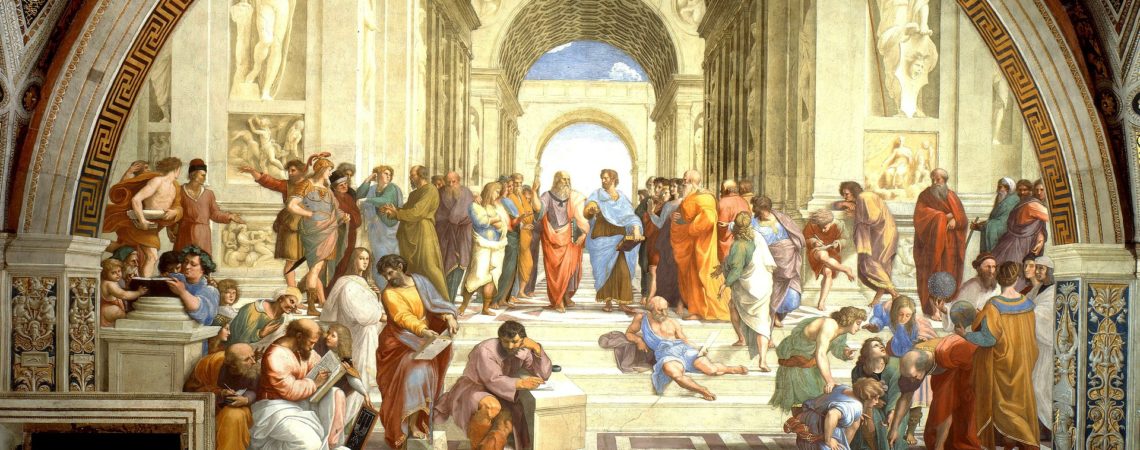The Axial Age, or what we could call Axial 1.0, was a remarkable period in human history, stretching between 800 and 200 BCE and pivoting around 500 BCE, that witnessed a leap in consciousness and laid down the spiritual foundations of humanity. It manifested most clearly in four distinct regions – Ancient Israel, India, China and Greece – each one with its own singular expression. In Ancient Israel it gave birth to the prophets and monotheism; in India to Hinduism (the Upanisads and Bhagavadgita) and Buddhism; in China to the period of the ‘Hundred schools’, primarily Confucianism (Confucius and Mencius) and Daoism (Lao Tzu and Zhuangzi); and in Greece to the flowering of philosophical rationality that culminated in Socrates, Plato and Aristotle.

It can be seen as a ‘first wave’ expression of the same mental (Gebser) or rational (Habermas) or theoretic (Donald, Bellah) structure or stage of consciousness / cognition that re-emerged later in a ‘second wave’ expression in European modernity. A new axial vision argues that this first wave exhibited a more balanced mode of thought than the second wave of modernity, a balance that we would do well to re-discover. Unlike modern thought it intuited Being and stressed deep interiority, it balanced analytical and dialectical thinking and exhibited a greater brain hemispheric balance (McGilchrist), and it saw philosophy as a ‘way of life’ and sought both personal and social transformation guided by a vision of a higher reality.
While it gave way to a period of imperial conquest and the intensity, balance and depth of its thought faded, it managed to inspire many subsequent flowerings, including Stoicism, Plotinus and Augustine, the ‘secondary axial breakthroughs’ of Christianity and Islam, Mahayana Buddhism, Shankara’s Vedanta, Neo-Confucianism, Aquinas’ great synthesis, the flowering of philosophical rationality in Islam and much more. And it was also instrumental in the birth of European modernity and the underlying ‘second wave’ of the mental structure of consciousness.
While this ‘second wave’ and modernity has provided us with many advances and impressive achievements, its mode of thought as a whole is less balanced, tilting excessively towards an exclusive use of analytical thinking, repression of Being, left-hemispheric dominance and a grasping, manipulative and instrumental rationality.
The Axial Age, or Axial 1.0, consequently still has a great deal to offer us today. The axial 2.0 approach of a new axial vision attempts to recover its qualities and place it within a 21st century integrative metatheoretical framework that includes the transrational insights of the axial religions, the best of modernity (and postmodernity), and the strengths of contemporary integrative philosophy.



